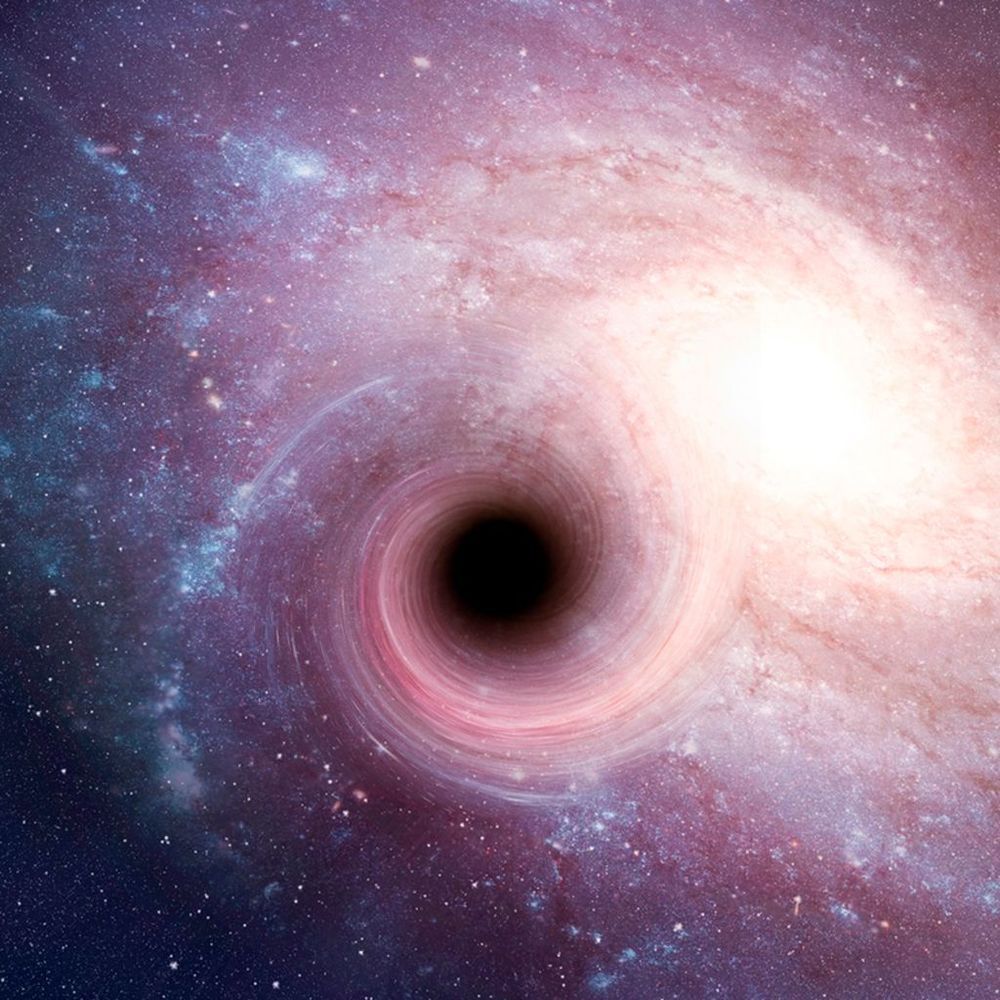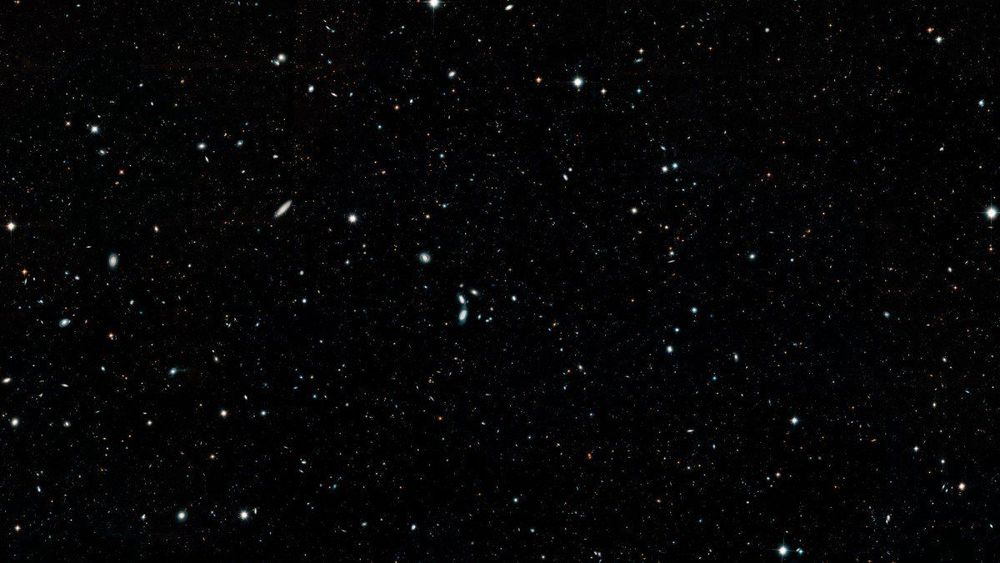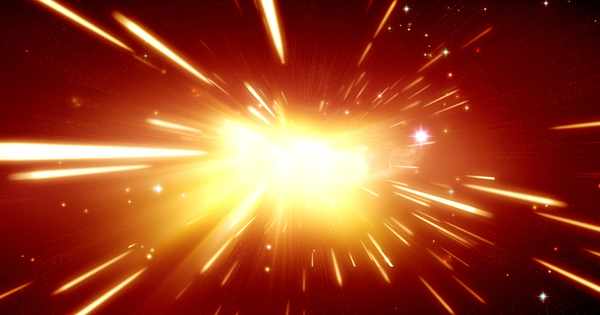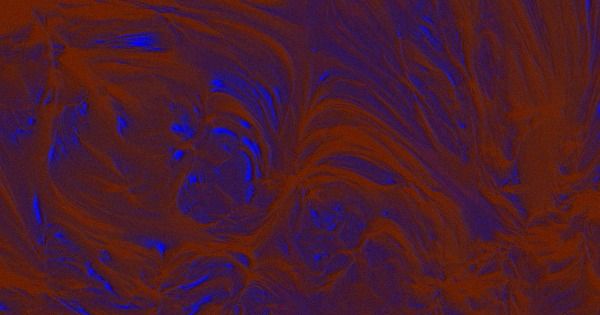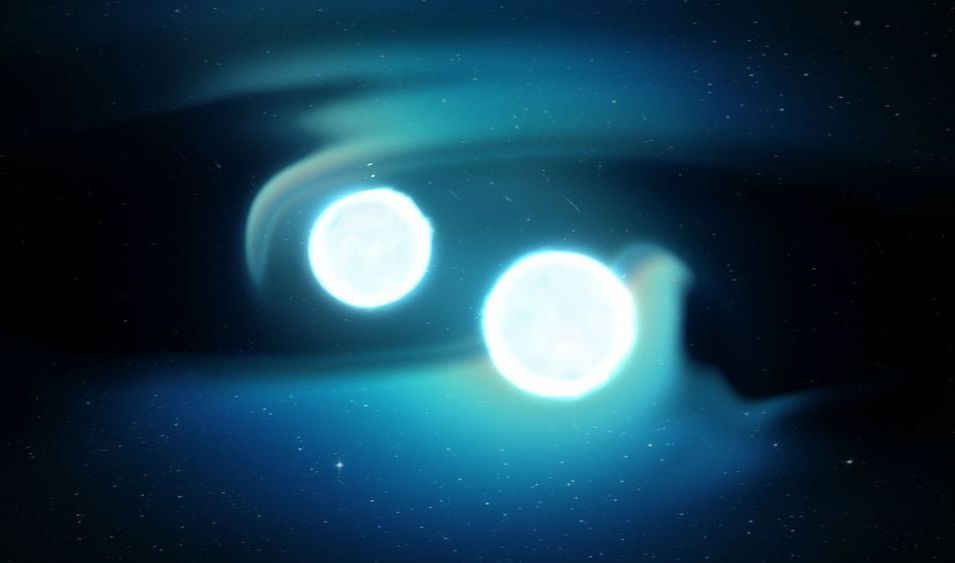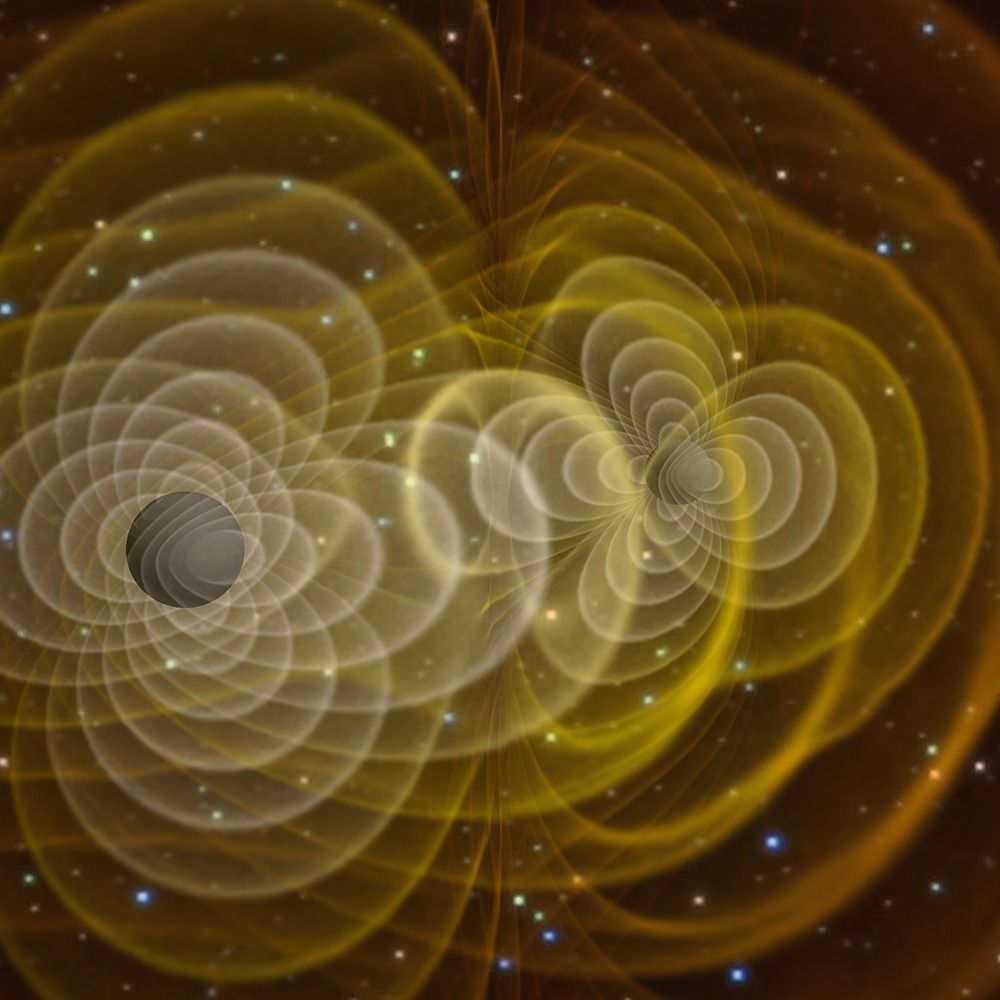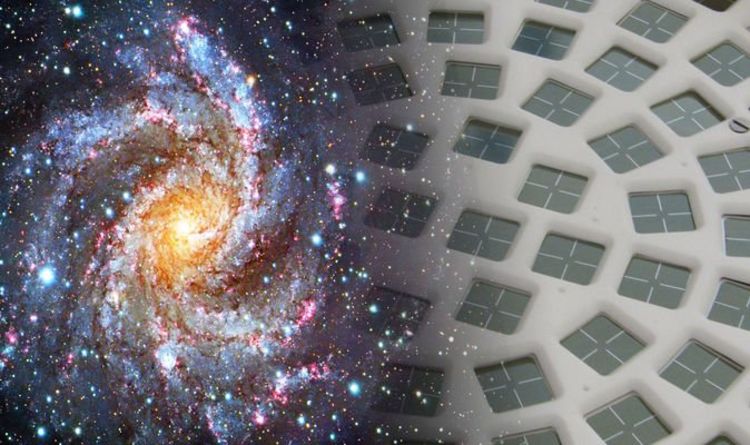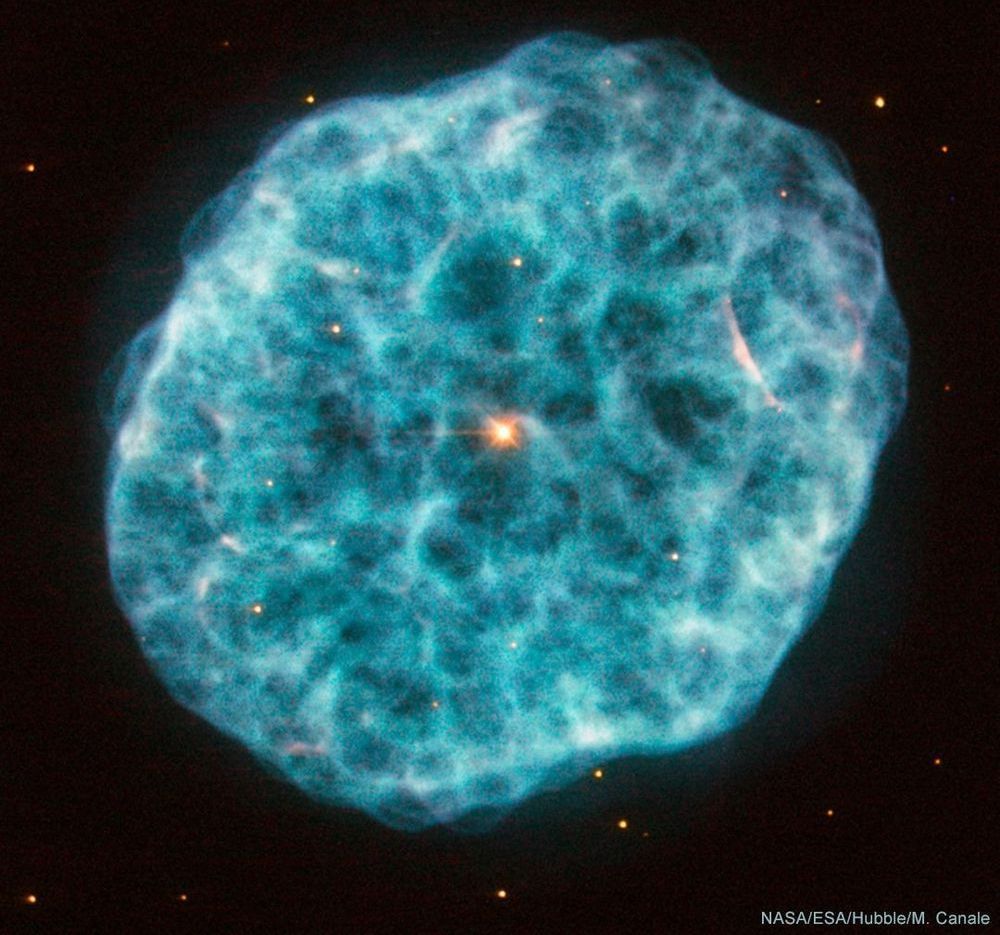High-energy neutrinos have been traced back to a flaring supermassive black hole known as a blazar. The long-sought link opens the door to an entirely new way to study the universe.
Category: cosmology – Page 348
A new theory proposes that faster-than-light particles known as tachyons could answer a lot of questions about the universe, writes Robyn Arianrhod.
The image mosaic was created using 16 years’ worth of data from the Hubble Space Telescope, and it shows roughly 265,000 galaxies stretching back 13.3 billion years, to just 500 million years after the Big Bang.
Background: This isn’t the first Hubble deep-field image. The first one was released back in 1995, with further deep-field images following in 2003, 2004, and 2012. However, this is by far the most comprehensive. It was created by weaving together several of the previous Hubble photos. The image, dubbed the Hubble Legacy Field, represents 7,500 separate exposures. It contains about 30 times as many galaxies as the previous shots. The image above is just a section of the whole: you can see the full thing here.
A time machine: Because many of the galaxies Hubble captures are so far away, it has taken billions of years for their light to reach us. That makes the telescope a sort of time machine, letting us see galaxies as they were billions of years ago.
Cosmologists have a new guess about why the universe is expanding outward faster than data says it ought to.
The hypothesis, according to research first shared on the preprint server ArXiv in November, goes as follows: When the universe was just a mere 100,000 years old, a mysterious energy field that scientists are calling “early dark energy” formed, rapidly pushing the still-forming cosmos outward even faster than before.
Another 100,000 years after that, the research suggests, the strange energy field faded away — and left the young, accelerated universe to its own devices.
Enough gold, uranium and other heavy elements about equal in mass to all of Earth’s oceans likely came to the solar system from the collision of two neutron stars billions of years ago, a new study finds.
If the same event were to happen today, the light from the explosion would outshine the entire night sky, and potentially prove disastrous for life on Earth, according to the new study’s researchers.
Recent findings have suggested that much of the gold and other elements heavier than iron on the periodic table was born in the catastrophic aftermath of colliding neutron stars, which are the ultradense cores of stars left behind after supernova explosions.
Gravitational waves, first detected in 2016, offer a new window on the universe, with the potential to tell us about everything from the time following the Big Bang to more recent events in galaxy centers.
And while the billion-dollar Laser Interferometer Gravitational-Wave Observatory (LIGO) detector watches 24/7 for gravitational waves to pass through the Earth, new research shows those waves leave behind plenty of “memories” that could help detect them even after they’ve passed.
“That gravitational waves can leave permanent changes to a detector after the gravitational waves have passed is one of the rather unusual predictions of general relativity,” said doctoral candidate Alexander Grant, lead author of “Persistent Gravitational Wave Observables: General Framework,” published April 26 in Physical Review D.
Chandra X-ray Observatory Photo 3
Posted in cosmology
These scores are a good deal lower than phones using the latest Snapdragon 855 processor, such as the Galaxy S10, as well as the Snapdragon 845 chipset in the Pixel 3 series. However, it surprisingly beat out the Google Pixel 2 and 2 XL, which scored 146,876 and 110,949 on AnTuTu, respectively.
There may be a few graphically-intensive games that could give the Pixel 3a and 3a XL pause, but so far, my experience has been pleasantly smooth.

